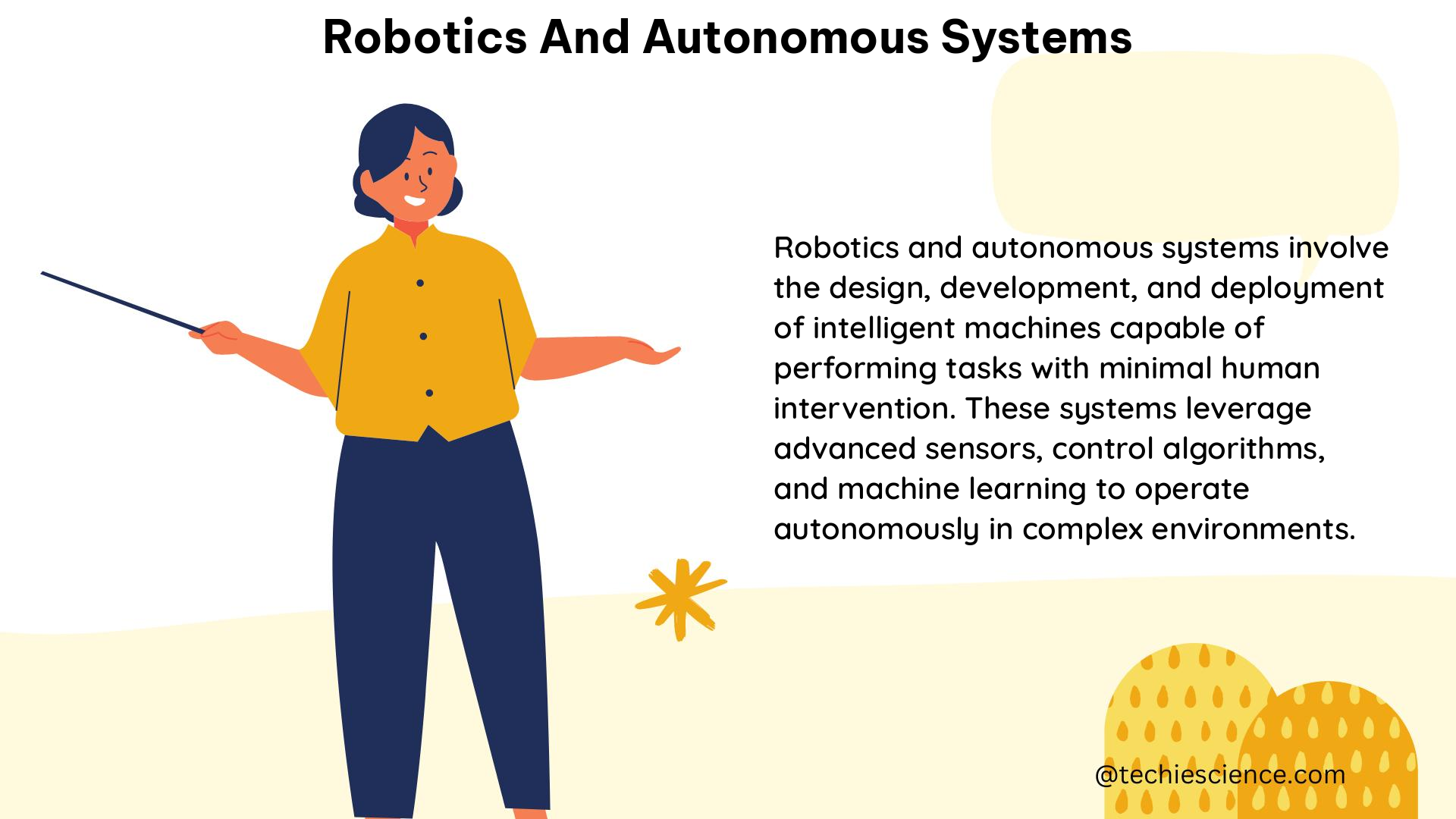Robotics and Autonomous Systems (RAS) have become increasingly prevalent in various industries, offering numerous benefits such as cost savings, performance improvements, and enhanced health and safety. To measure the value of RAS projects, it is essential to define clear objectives, expectations, and quantitative benchmarks in advance, aligning the project’s scope and ensuring the delivery of results and return on investment.
Measuring the Value of RAS Projects
Metrics for RAS Projects
In the context of RAS, the following metrics can be used to measure the value of projects:
- Efficiency: Metrics such as task completion time, energy consumption, and resource utilization can be used to assess the efficiency of RAS systems.
- Cost: Metrics like initial investment, operational costs, and maintenance expenses can help evaluate the cost-effectiveness of RAS implementations.
- Quality: Metrics such as accuracy, precision, and defect rates can be used to measure the quality of outputs produced by RAS systems.
- Scalability: Metrics like the ability to handle increased workloads, adaptability to changing requirements, and ease of integration can assess the scalability of RAS systems.
- Adaptability: Metrics like the ability to handle unexpected situations, respond to dynamic environments, and learn from experience can evaluate the adaptability of RAS systems.
These metrics should be tailored to the specific pain points or opportunities that clients want to address, ensuring the delivery of results and return on investment.
Case Study: Industrial Robots
The implementation of industrial robots, which are automatically controlled, reprogrammable, multipurpose machines capable of welding, painting, and packaging, has shown a fourfold increase in the U.S. between 1993 and 2007. This growth can be attributed to the improved efficiency, cost-effectiveness, and quality of industrial processes enabled by these RAS systems.
Machine Learning in RAS

Machine learning techniques, particularly deep learning, have demonstrated efficacy in supporting RAS requirements and applications. These techniques can be used for:
- Training and Learning: Machine learning algorithms can be trained on large, complex datasets to enable RAS systems to learn and adapt to various scenarios.
- Analysis and Modeling: Machine learning can be used to analyze and model structured and unstructured data, supporting RAS applications in areas like planning, navigation, and robot manipulation.
- Computer Vision: Deep learning-based computer vision techniques can be employed for tasks such as object detection, recognition, and segmentation, which are crucial for RAS systems operating in complex environments.
These machine learning techniques have been commonly deployed in various industries, including the inspection and monitoring of mechanical systems and civil infrastructure.
Human Factors in RAS
When it comes to human-robot interaction, several measurable dimensions have been identified to quantify the human factors in RAS:
- Tactility: Metrics like perceived pleasantness when touching a robot can be used to assess the tactile experience.
- Physical Comfort: Metrics such as human posture, muscular effort, and joint torque overloading can be used to evaluate the physical comfort of human-robot interaction.
- Mechanical Transparency: Metrics like peri-personal space, comfortable handover, and legibility can be used to assess the transparency of the robot’s mechanical operations.
- Robot Perception: Metrics like physical safety, predictability of the robot’s motion, and naturalness and smoothness of the motion can be used to evaluate the perception of the robot’s behavior.
- Perceived Intuition: Metrics such as the sense of being in control, responsiveness to physical instruction, and feeling of resistive force can be used to assess the perceived intuitiveness of the robot’s interactions.
- Conveying Emotions: Metrics like attitudes, impressions, opinions, preferences, favorability, and likeability can be used to evaluate the robot’s ability to convey emotions.
- Receiving Emotions: Metrics like willingness for another interaction, behavior perception, politeness, anthropomorphism, animacy, and vitality can be used to assess the human’s emotional response to the robot.
- Emotional State: Metrics such as perceived naturalness, agency, perceived intelligence, competence, perceived safety, emotional security, harmlessness, toughness, familiarity, friendship, friendliness, warmth, psychological comfort, helpfulness, reliable alliance, acceptance, ease of use, and perceived performance can be used to evaluate the human’s emotional state during the interaction.
These dimensions can provide valuable insights for researchers and practitioners in the field of RAS, helping to design and develop systems that are more intuitive, comfortable, and engaging for human users.
Conclusion
In summary, the value of RAS projects can be measured using various metrics, such as efficiency, cost, quality, scalability, and adaptability, focusing on specific pain points or opportunities that clients want to address. Machine learning techniques, particularly deep learning, have demonstrated efficacy in supporting RAS requirements and applications. Human factors in RAS can be quantified through several measurable dimensions, providing valuable insights for researchers and practitioners in the field.
References
- Enzo Wälchli 🇨🇭 Switzerland’s #1 Robotics Voice 🤖 | LinkedIn, 2023-08-21, https://www.linkedin.com/advice/0/how-do-you-measure-value-robotics-projects-clients-skills-robotics
- Macaulay Michael O., Shafiee Mahmood, Machine learning techniques for robotic and autonomous inspection of mechanical systems and civil infrastructure, 2022-04-29, https://link.springer.com/article/10.1007/s43684-022-00025-3
- Hillebrand et al., Human Factors Considerations for Quantifiable Human States in Physical Human-Robot Interaction, 2023-03-15, https://www.ncbi.nlm.nih.gov/pmc/articles/PMC10490212/
- Daron Acemoglu and Pascual Restrepo, A new study measures the actual impact of robots on jobs. It’s significant, 2020-07-29, https://mitsloan.mit.edu/ideas-made-to-matter/a-new-study-measures-actual-impact-robots-jobs-its-significant

I have a background in Aerospace Engineering, currently working towards the application of Robotics in the Defense and the Space Science Industry. I am a continuous learner and my passion for creative arts keeps me inclined towards designing novel engineering concepts.
With robots substituting almost all human actions in the future, I like to bring to my readers the foundational aspects of the subject in an easy yet informative manner. I also like to keep updated with the advancements in the aerospace industry simultaneously.